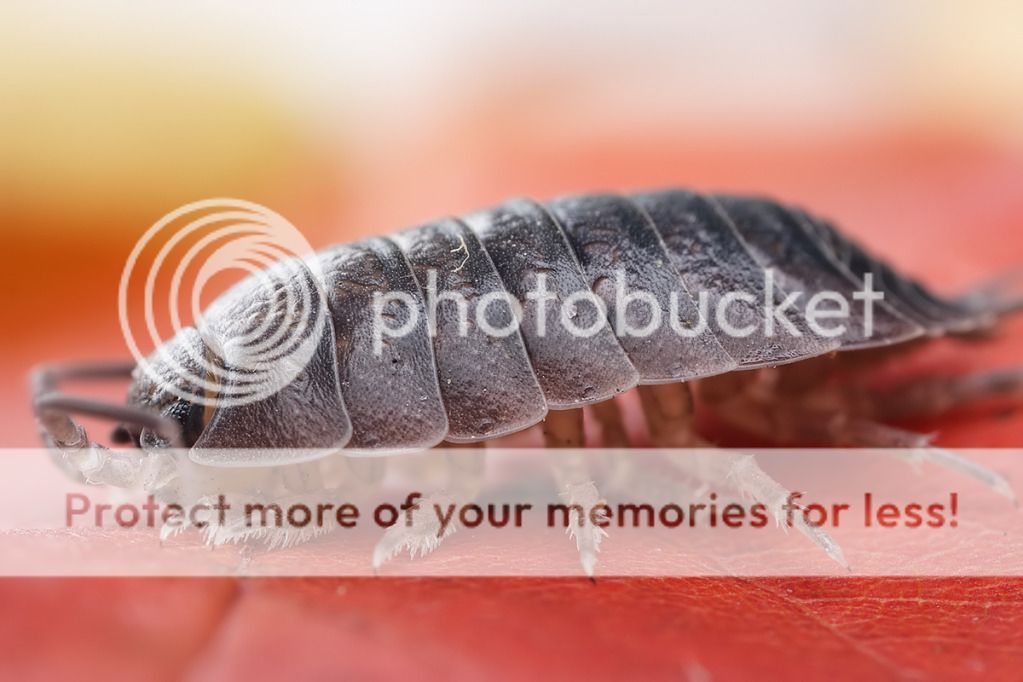Let’s follow LPT 24
- Noisey Highway
McKee Clan’s cache
Let’s follow LPT (Little Para Trail) is a series of caches along the trail for you to find. Please enjoy the walk or Ride as we have and happy hunting.
Due to the number of caches in carisbrook park and Howie bowie reserve we decided to start in salisbury and continue out to sea. Enjoy the walk or ride.
FTF – Locus Cache STF – ~*kittykat*~ TTF – Kimanddrew
Please follow the: 
Local point of interest
interest – Slater Beetle
We have seen many of these while placing cache’s on the LPT Trail.

Common names
Common names for woodlice vary throughout the English-speaking world. A number of common names make reference to the fact that some species of woodlice can roll up into a ball. Other names compare the woodlouse to a pig.
Names include: "armadillo bug", "boat-builder" (Newfoundland, Canada), "carpenter" or "cafner" (Newfoundland and Labrador, Canada),[4] "cheeselog" (Reading, Berkshire),[ "cheesy bug" (North-West Kent), "doodlebug" (also used for the larva of an antlion), "pill bug" (usually applied only to the genus Armadillidium), "potato bug", "roly-poly", "sow bug", "roll up bug", "chuggypig" or "chucky pig" (Devon), "slater" (Scotland, New Zealand and Australia), "gramersow" (Cornwall), "butcher boy" or "butchy boy" (Australia), and "wood bug" (British Columbia, Canada).
Ecology
Though today found worldwide, woodlouse populations in the Americas arrived from Europe by sea alongside humans. Living in a terrestrial environment, woodlice breathe through trachea-like lungs in their paddle-shaped hind legs (pleopods), called pleopodal lungs. Woodlice need moisture because they rapidly lose water by excretion and through their cuticle, and so are usually found in damp, dark places, such as under rocks and logs, although one species, Hemilepistus reaumuri, inhabits "the driest habitat conquered by any species of crustacean". They are usually nocturnal and are detritivores, feeding mostly on dead plant matter.
Few woodlice have returned to water. Evolutionary ancient species are amphibious, such as the marine-intertidal sea slater (Ligia oceanica), which belongs to family Ligiidae.
Other examples include some Haloniscus species from Australia (family Scyphacidae), and in the northern hemisphere several species of Trichoniscidae and Thailandoniscus annae (family Styloniscidae). Species for which aquatic life is assumed include Typhlotricholigoides aquaticus (Mexico) and Cantabroniscus primitivus (Spain).
Woodlice are eaten by a wide range of insectivores, but the only animals known to prey exclusively on woodlice are spiders of the genus Dysdera, such as the woodlouse
Little Para Trail
The Little Para Trails follow the Little Para River, which has many attractions for all to enjoy. Flowing from the City of Salisbury's hilly escarpments to the plains, it meanders through many significant sites that played an important role in the early development of the City. Of great importance are the remnants of natural landscapes present along the river's edge. Varieties of eucalyptus woodland and native golden wattle still exist and some of the earliest almond trees and orange groves are still blossoming.
Points of interest along the trails include Deal Court, Paralowie House, Pitman Park, the Old Water Wheel, Harry Bowey Reserve, and Carisbrooke House.
Little Para River
Origin – near Lower Hermitage
Mouth – Globe Derby Park
Avg Discharge – 3590 m6/year
The Little Para River is a seasonal creek running across the Adelaide plains of South Australia, whose catchment fills reservoirs that supply some of the water needs of Adelaide’s northern suburbs. It runs from its source near Lower Hermitage in the Mount Lofty Ranges, flows north westerly to the Little Para Reservoir and then westerly to the Barker Inlet of the Gulf St Vincent at Globe Derby Park. The lower portion of the river is badly affected by human activity and storm water runoff but the upper reaches have a good range of biodiversity.
The river attracted John Harvey to form his settlement at Salisbury in 1847 and was crucial to the development of the citrus industry from 1852. In the 1960s the City of Salisbury began acquiring land for public space, and a belt of parklands with biking and walking trails now borders the river. The river’s name derives from the Kaurna word Pari which roughly translates as a stream of flowing water.
As the river flows down from the Adelaide Hills over the Para fault escarpment, it has formed a large alluvial fan on which Salisbury is built. The river is narrow and winding, formerly flooded in heavy rain and rarely reaches its sea outlet. Over time the river has been widened and levees added to reduce this flooding. In the 1800s lack of consistent flow in the river and the absence of an organised water supply system led to the digging of wells. The Little Para refreshes the well's water, mostly held in clay, sand and gravel layers up to 200 feet (61 m) deep. The Little Para Reservoir is built in the path of the river for water storage and flood mitigation. As the river's catchment is insufficient to fill the reservoir, it is mainly used to store water pumped from the River Murray. Periodically water is released from the reservoir into the river, enabling refreshing of ground water.
From Wikipedia, the free encyclopedia

For the First to find there is a certificate and a unique FTF path tag. They are not swapped or given out so the first to find pathtag will be a unique item that no one else will have.